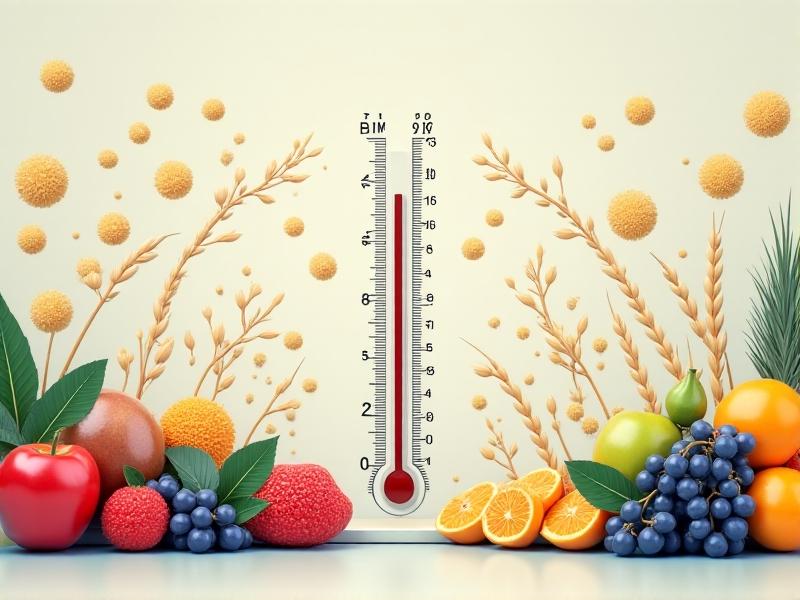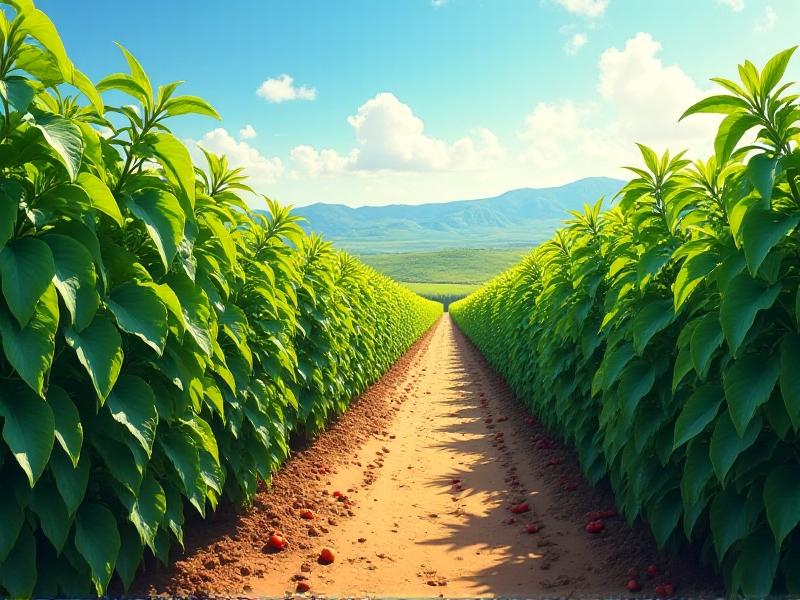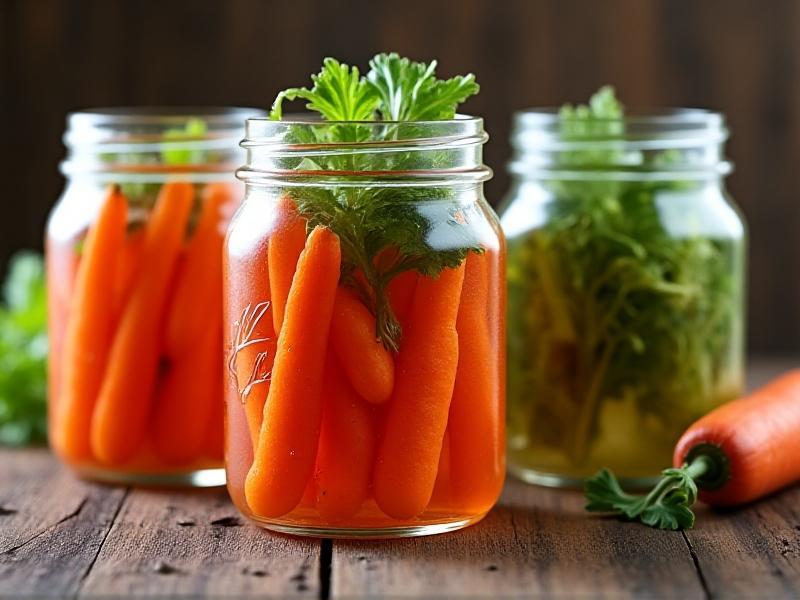Fermentation Duration Optimization Charts
The Science Behind Fermentation Duration
Fermentation is a biological process that has been utilized for centuries to preserve food, enhance flavors, and produce beverages like beer, wine, and kombucha. At its core, fermentation involves the metabolic activity of microorganisms such as bacteria, yeast, and molds, which convert sugars into acids, gases, or alcohol. The duration of fermentation plays a critical role in determining the final product's taste, texture, and nutritional value. Understanding the science behind fermentation duration requires a deep dive into the factors that influence microbial activity, including temperature, pH levels, and the type of substrate used.
One of the key scientific principles governing fermentation is the growth curve of microorganisms. This curve typically consists of four phases: lag, exponential, stationary, and death. During the lag phase, microorganisms adapt to their environment and prepare for rapid growth. The exponential phase is characterized by a swift increase in microbial population, leading to the most active fermentation. In the stationary phase, the growth rate stabilizes as resources become limited, and in the death phase, the microbial population declines. Optimizing fermentation duration involves identifying the point at which the desired metabolic products are maximized, often during the late exponential or early stationary phase.

Factors Influencing Fermentation Duration
Several factors can significantly impact the duration of fermentation, making it essential to control these variables for optimal results. Temperature is one of the most critical factors, as it directly affects microbial activity. Higher temperatures generally accelerate fermentation, but excessive heat can kill microorganisms or produce undesirable by-products. Conversely, lower temperatures slow down the process, which can be beneficial for certain types of fermentation, such as cold-brewed coffee or lagered beer. Maintaining a consistent temperature within the optimal range for the specific microorganisms involved is crucial for achieving the desired outcome.
Another important factor is the pH level of the fermentation environment. Most microorganisms thrive in slightly acidic conditions, but the ideal pH range varies depending on the type of fermentation. For example, lactic acid bacteria prefer a pH between 4.0 and 6.0, while yeast used in brewing typically performs best at a pH of 4.5 to 5.5. Monitoring and adjusting pH levels throughout the fermentation process can help ensure consistent microbial activity and prevent contamination. Additionally, the composition of the substrate, including the type and concentration of sugars, nutrients, and inhibitors, can influence fermentation duration. A well-balanced substrate provides the necessary resources for microbial growth and metabolism, while an imbalanced substrate can lead to stalled or incomplete fermentation.

Types of Fermentation and Their Optimal Durations
Different types of fermentation require varying durations to achieve the desired results. For example, alcoholic fermentation, which is used to produce beer, wine, and spirits, typically lasts between one to three weeks. The exact duration depends on factors such as the type of yeast used, the sugar content of the substrate, and the desired alcohol content. During this process, yeast converts sugars into alcohol and carbon dioxide, and the fermentation is complete when the yeast has consumed all available sugars or reached its alcohol tolerance limit.
Lactic acid fermentation, commonly used in the production of yogurt, sauerkraut, and kimchi, generally takes a shorter time, ranging from a few days to a couple of weeks. In this type of fermentation, lactic acid bacteria convert sugars into lactic acid, which acts as a natural preservative and imparts a tangy flavor to the final product. The fermentation duration for lactic acid fermentation is influenced by factors such as temperature, salt concentration, and the specific strains of bacteria used. Finally, acetic acid fermentation, which is used to produce vinegar, can take several weeks to months. In this process, acetic acid bacteria convert alcohol into acetic acid, and the fermentation duration depends on the alcohol content, oxygen availability, and temperature.

Creating Fermentation Duration Optimization Charts
Fermentation duration optimization charts are valuable tools for both amateur and professional fermenters, providing a visual guide to achieving consistent and high-quality results. These charts typically include information on the optimal duration for different types of fermentation, as well as the key factors that influence the process. To create an effective chart, it is essential to gather data from reliable sources, including scientific studies, industry guidelines, and personal experimentation. The chart should be organized in a clear and user-friendly format, with separate sections for each type of fermentation and detailed notes on the variables that affect duration.
When designing a fermentation duration optimization chart, it is important to consider the specific needs of the target audience. For example, a chart intended for home fermenters might include simplified instructions and tips for troubleshooting common issues, while a chart for commercial producers might focus on precise measurements and advanced techniques. Additionally, the chart should be regularly updated to reflect new research, emerging trends, and feedback from users. By providing a comprehensive and accessible resource, fermentation duration optimization charts can help fermenters of all levels achieve their desired results with confidence and consistency.
Practical Tips for Optimizing Fermentation Duration
Optimizing fermentation duration requires a combination of scientific knowledge, practical experience, and attention to detail. One of the most effective ways to achieve consistent results is to maintain a detailed fermentation log, recording key variables such as temperature, pH, and duration for each batch. This log can help identify patterns and trends, allowing fermenters to make informed adjustments and improve their process over time. Additionally, using high-quality ingredients and equipment can significantly impact the fermentation process, ensuring that microorganisms have the best possible environment to thrive.
Another practical tip is to monitor the fermentation process regularly, using tools such as hydrometers, pH meters, and taste tests to assess progress. This allows fermenters to detect and address any issues early, preventing stalled or spoiled batches. It is also important to be patient and avoid rushing the fermentation process, as this can lead to suboptimal results. Finally, experimenting with different techniques and recipes can help fermenters discover new flavors and methods, expanding their skills and knowledge. By combining these practical tips with a solid understanding of the science behind fermentation, fermenters can optimize their process and create high-quality products with confidence.








